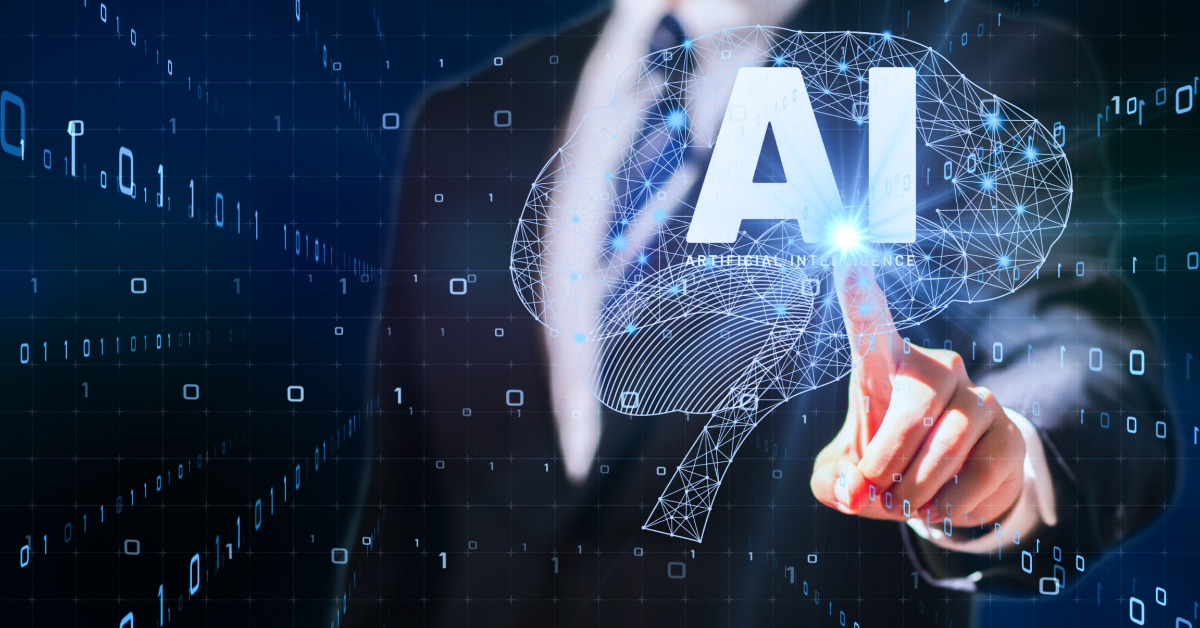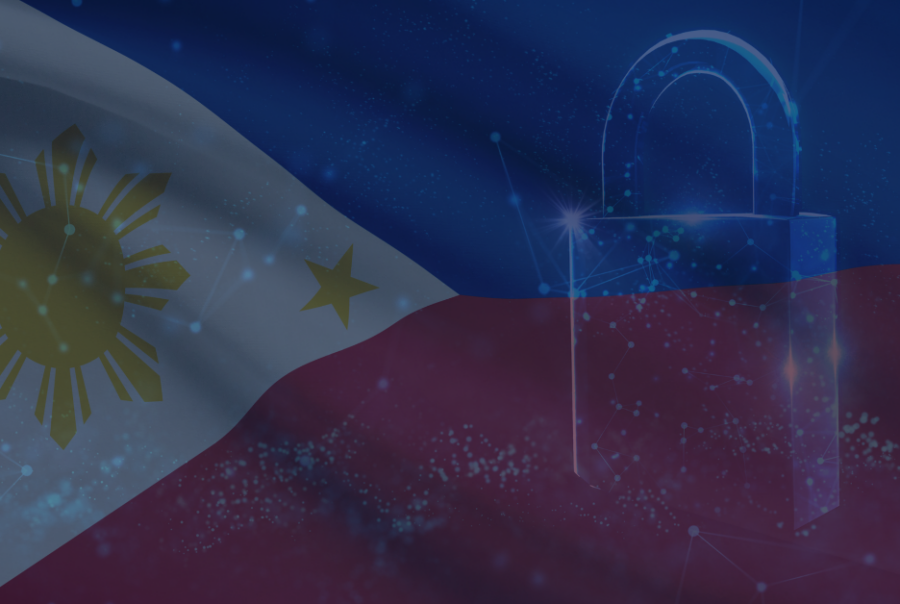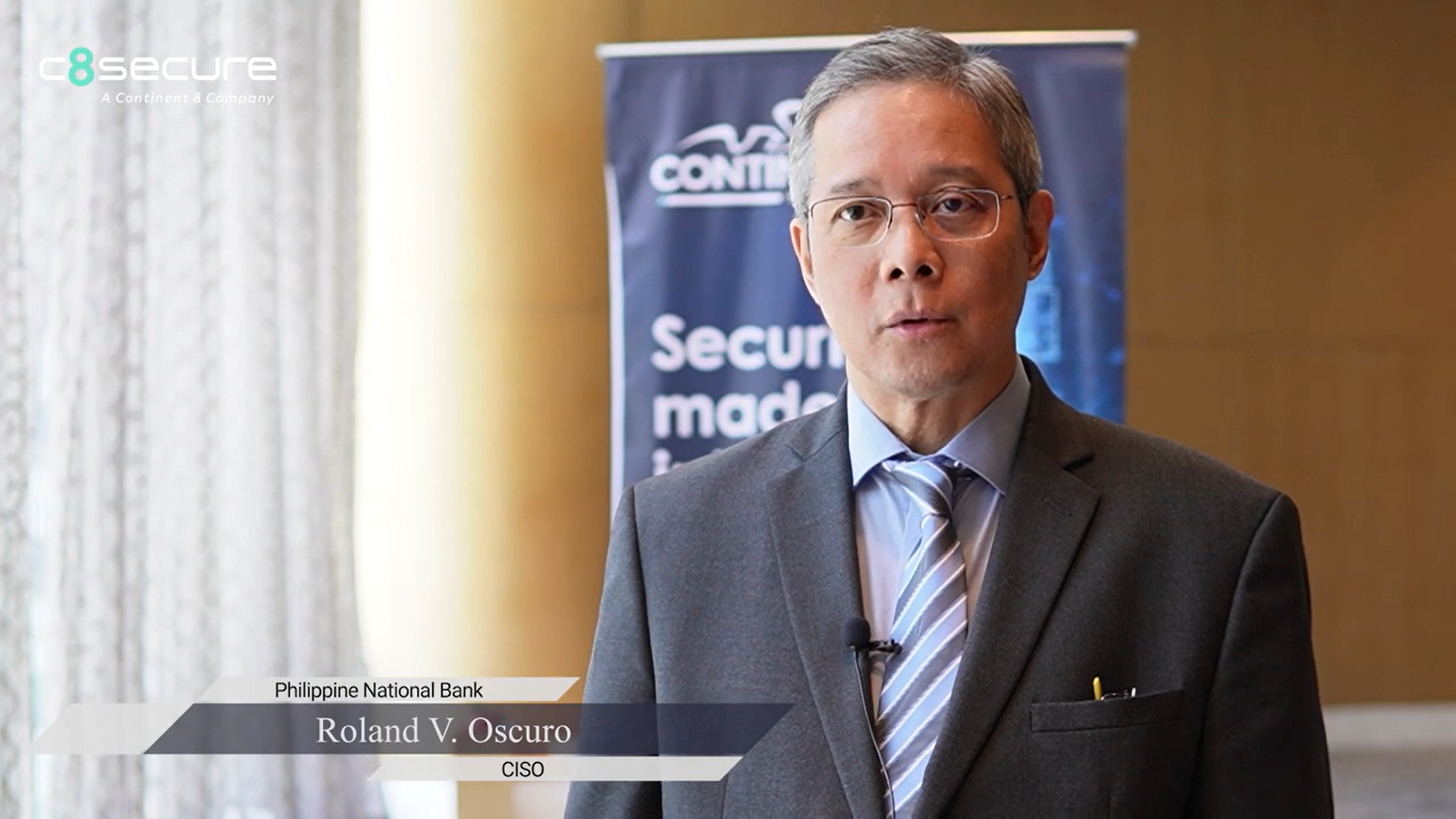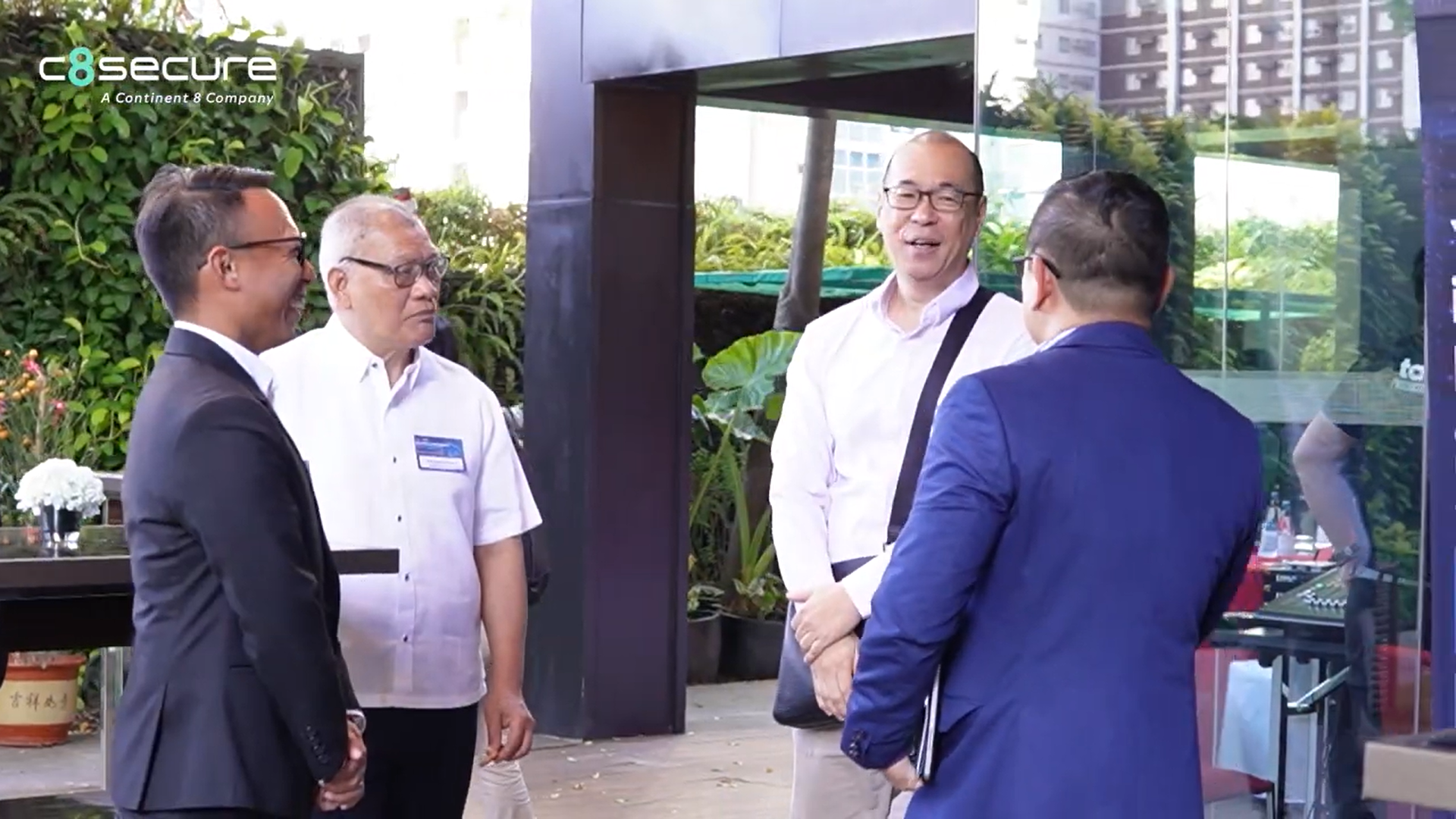
BLOG

How AI Is transforming zero-day dangers into zero hour threats
C8 Secure CISO, Brian Borysewich, explores the emergence of zero-hour threats and the dangers they present in today’s cybersecurity landscape.
 Cybersecurity has always been a game of cat and mouse. For years, “zero-day” threats have kept cybersecurity teams on edge – these are vulnerabilities that attackers exploit before anyone even knows they exist. These threats leave no time for preparation, hence their name. But now, the game is changing, and not for the better. With artificial intelligence (AI) in the mix, zero-day dangers are evolving into something far more alarming: “zero hour” threats.
Cybersecurity has always been a game of cat and mouse. For years, “zero-day” threats have kept cybersecurity teams on edge – these are vulnerabilities that attackers exploit before anyone even knows they exist. These threats leave no time for preparation, hence their name. But now, the game is changing, and not for the better. With artificial intelligence (AI) in the mix, zero-day dangers are evolving into something far more alarming: “zero hour” threats.
What’s the difference? Zero-hour threats move at an unprecedented speed. Exploits don’t take weeks or days to develop anymore – they’re created, refined and launched within mere hours. This allows attackers to strike multiple times a day, leaving vendors and defenders scrambling to keep up. Let’s explore how AI is driving this shift and why it represents a big challenge.
How AI empowers cybercriminals
AI isn’t just helping us defend against attacks – it’s also making attackers far more dangerous.
Here’s how bad actors are using AI to tip the scales in their favor:
- Finding vulnerabilities faster than ever – AI tools can scan vast amounts of code in a fraction of the time it would take a human. Cybercriminals use machine learning models trained on past vulnerabilities to analyze software for weak spots, identifying potential entry points far more efficiently than manual analysis ever could. This gives attackers an unparalleled speed advantage. The faster vulnerabilities are discovered, the quicker they can be weaponized, significantly reducing the window defenders have to preempt an attack.
- Creating exploits automatically – Once a vulnerability is found, AI can generate the exploit code needed to attack it. In the past, this process required time and advanced technical skills, but today, AI models can automate the creation of complex exploit chains in minutes. These systems can simulate different attack scenarios, refining the exploit to be more effective and bypass defensive measures before deployment.
- Crafting undetectable malware – Using AI, attackers can create polymorphic malware –code that changes itself every time it runs. This makes it almost impossible for traditional security tools to recognize or block it since its “signature” is never the same. For example, generative adversarial networks (GANs) can be used to create malware that evolves in real time, continuously adapting its behavior to avoid detection by antivirus or endpoint security tools.
- Launching attacks at scale – AI allows cybercriminals to coordinate multiple attacks across thousands of targets simultaneously. By automating tasks like phishing, credential stuffing and exploiting vulnerabilities, attackers can orchestrate massive campaigns with minimal effort. They can also prioritize high-value targets using predictive analytics, focusing their efforts where the payoff is likely to be the greatest.
Why zero hour threats are so dangerous
With AI in their arsenal, attackers can now launch threats at an unprecedented pace. Instead of focusing on a single exploit, they can create and deploy many threats in a single day. Here’s why this is such a game-changer:
- Limited reaction time – The window for detecting and responding to a threat has shrunk from days to hours or even minutes. Traditional cybersecurity measures like signature-based detection are too slow to adapt to the ever-evolving nature of zero hour threats. By the time a threat is identified, it has often already caused significant damage, and the attackers have moved on to the next exploit.
- Overwhelming volume – Organizations may face dozens of unique attacks daily, all designed to slip past existing security measures. These attacks can vary in scope, targeting different systems, users or devices within an organization. The sheer volume of threats can overwhelm even the most well-resourced cybersecurity teams, leaving gaps for attackers to exploit.
- Evolving attacks – AI-powered threats can adapt in real time, learning from failed attempts and improving with each iteration. Attackers use feedback loops to refine their techniques, making subsequent attacks more effective. For defenders, this means that even if one instance of an attack is blocked, the next version could bypass the same defenses.
- Widespread targets – It’s not just big corporations at risk. Attackers can use AI to find and exploit vulnerabilities in smaller organizations, personal devices and even connected home systems. The growing adoption of IoT and cloud-based services increases the number of potential entry points, making it harder for organizations to secure every endpoint.
The challenge for cybersecurity teams
Defenders are fighting an uphill battle. Traditional tools and methods just aren’t enough anymore. Here’s why:
- Too many attacks, not enough resources – Cybersecurity teams are being flooded with threats, and no amount of manual effort can handle the sheer volume. AI gives attackers the ability to create and launch more threats than human defenders can analyze in real time. This resource imbalance often forces teams to focus on mitigating the most obvious or immediate threats, potentially overlooking more subtle and dangerous ones.
- Reactive systems aren’t cutting it – Most tools rely on recognizing known threats, but AI-generated exploits are brand new every time. This makes signature-based detection systems obsolete against these evolving attacks. Without proactive measures, organizations are left constantly reacting to threats rather than preventing them.
- Patching takes too long – Even when vulnerabilities are identified, it’s hard to release fixes fast enough to keep pace with attackers. The traditional patch cycle is too slow, leaving systems exposed for critical periods. In the era of zero hour threats, the lag between discovering a vulnerability and deploying a fix can mean the difference between a successful attack and a secure system.
How defenders can fight back
The good news? AI isn’t just for attackers. It’s also a powerful ally for cybersecurity teams. Here’s what organizations need to do to stay ahead:
- Use AI to detect threats in real time – Machine learning can identify suspicious behavior and anomalies faster than any human. For example, AI can monitor network traffic and flag unusual patterns that could indicate an attack in progress. By focusing on behaviors rather than signatures, AI can detect novel threats before they execute.
- Automate responses – When attacks happen in minutes, waiting for human intervention isn’t feasible. Automated systems can isolate infected devices, block malicious traffic and roll out countermeasures instantly. For example, if an AI system detects malware spreading within a network, it can automatically quarantine affected endpoints to stop the spread.
- Stay proactive – AI can help cybersecurity teams hunt for vulnerabilities in their own systems before attackers find them. For instance, AI tools can simulate attacks on a network to uncover weaknesses and recommend fixes. This proactive approach reduces the likelihood of being blindsided by zero hour threats.
- Patch continuously – Vendors need to rethink how their update release strategies. Continuous patching, backed by automated testing, can help close cybersecurity gaps as they’re discovered. Automated systems can deploy patches without disrupting operations, ensuring vulnerabilities are addressed in near real time.
- Share intelligence – Collaboration is key. By sharing data about new threats, organizations can collectively stay ahead of attackers. For example, threat intelligence platforms can distribute updates on emerging attack patterns to a global network of defenders. AI can analyze and disseminate this intelligence at scale, helping organizations prepare for attacks they haven’t yet experienced.
A new era of cybersecurity – Complacency will jeopardize your digital world
AI has changed the rules of the game. Zero-hour threats are faster, smarter and more dangerous than ever before. But the same technology that empowers attackers can also help us defend against them.
The future of cybersecurity isn’t about who has the best firewall or antivirus, it’s about who has the most advanced algorithms and the smartest defenses. As attacks become more sophisticated, so must our defenses. The fight against zero hour threats is a race against time, and the clock is ticking. Are you ready?
Cybersecurity solutions for a safer tomorrow
C8 Secure provides comprehensive, multi-layered threat prevention, detection and response strategies and solutions to secure your organization’s digital assets in the face of evolving cyber threats. For more information on how C8 Secure can support your cybersecurity initiatives, email info@c8secure.com or fill out our Contact Us page.
DOWNLOAD BROCHURE
For more information, please download our solutions brochure
Related content: C8 Secure in the Philippines
TESTIMONIAL
Philippine National Bank – Customer Spotlight
Hear from Roland Oscuro, FSVP, CISO, Philippine National Bank, who discusses his company’s partnership with C8 Secure, providing SOC services to the company.
C8 Secure - Philippine National Bank - Customer Spotlight
EVENT
C8 Secure CIO Philippines Summit 2024
Our C8 Secure team hosted a Cybersecurity Summit gathering the brightest minds, industry leaders, and executives from top organizations.
C8 Secure CIO Philippines Summit 2024










